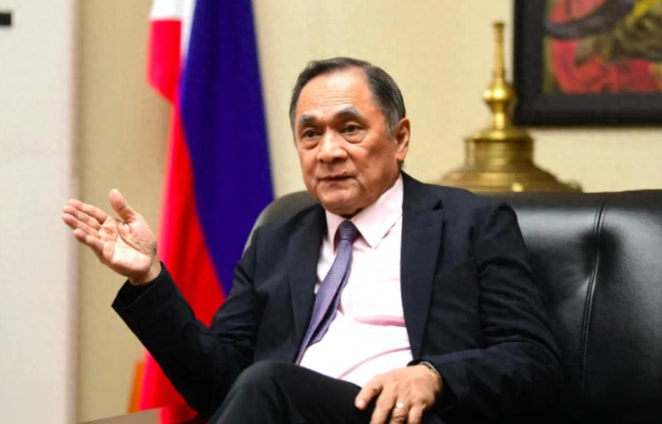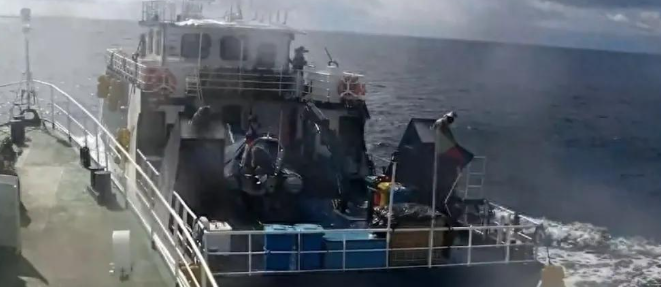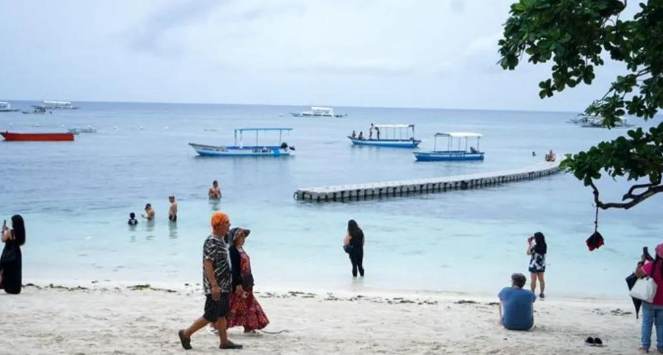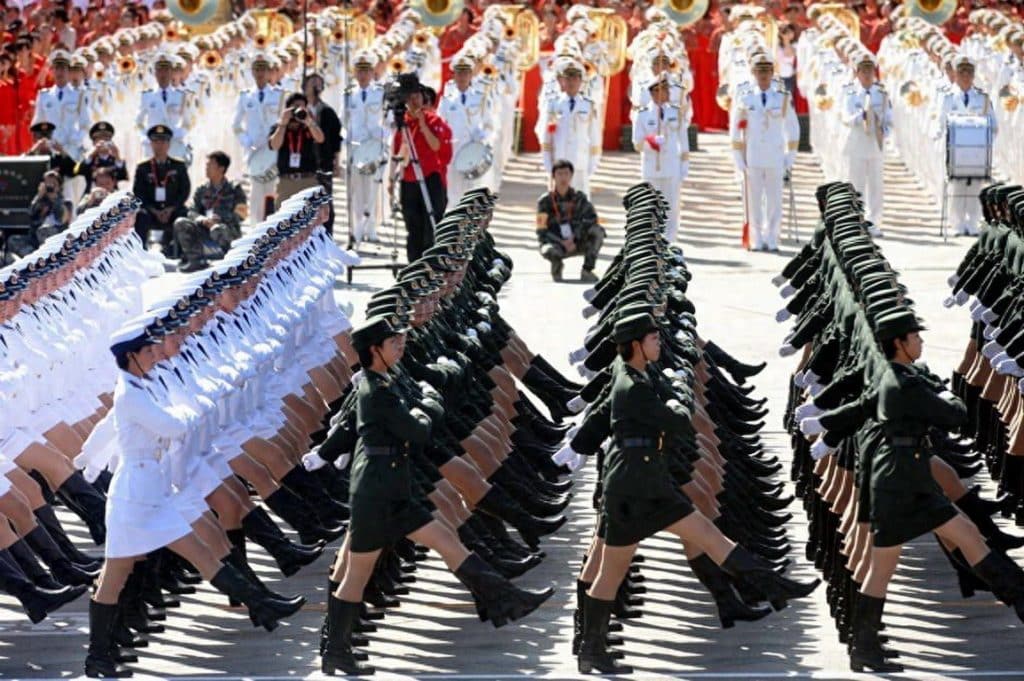Recently, the Philippines has taken a surprising turn in its approach toward China. While recent actions in the South China Sea demonstrated provocations near China’s Nansha Islands, Manila has simultaneously moved to restore electronic visas for Chinese citizens, effective from November. This “provoke first, reconcile later” pattern raises questions about President Ferdinand Marcos Jr.’s strategy.
Restoring Electronic Visas: Economic Logic or Political Gesture?
According to the Philippine Embassy in Beijing, the resumed electronic visa program allows Chinese travelers to apply online for stays of up to 14 days without extensions, provided they enter through designated airports. The embassy claims this initiative aims to enhance consular efficiency, promote cultural exchanges, and stimulate trade and tourism.

Indeed, the Philippines has historically relied heavily on Chinese tourism. In 2019, over 1.7 million Chinese tourists visited the Philippines, accounting for 21% of all foreign arrivals. The pandemic caused a steep decline, severely impacting the tourism sector. In this context, facilitating Chinese travel has clear economic benefits.
However, the visa’s restrictions—short stays, no extensions, limited entry points—indicate a cautious, trial approach, rather than a full-fledged policy shift.
South China Sea Incidents: Escalation of Provocation
Contradicting these conciliatory signals, Philippine vessels recently engaged in dangerous maneuvers near China’s Tiexian Reef. Chinese coast guard footage shows the Philippine patrol ship 3003 crossing the path of Chinese ships at high speed, even accelerating after a minor collision.
Strategically, the Philippines’ recent maritime actions reveal a coordinated, multi-point harassment pattern, likely under U.S. guidance. The goal appears to be creating multiple hotspots to stretch Chinese enforcement resources and potentially establish facts on the ground, including the possible construction of facilities on disputed reefs.

Balancing Act: Domestic and International Considerations
Domestically, the Marcos administration faces economic stagnation, inflation, and social pressures. Stoking external tensions is a convenient method to divert attention.
Internationally, the Philippines seeks to demonstrate its strategic value to regional powers. Despite rhetoric, U.S. support remains inconsistent. American military backing is limited during direct maritime confrontations, revealing Washington’s approach treats the Philippines primarily as a geopolitical pawn rather than a partner.
Consequently, Manila is pursuing a dual-track strategy: assertive maritime provocations to appease domestic and allied audiences, while cautiously maintaining diplomatic channels with China.

The Path Forward: Cooperation Over Confrontation
The 50th anniversary of China-Philippines diplomatic relations provides an opportunity to strengthen ties. China remains a crucial trading partner and collaborator in infrastructure, offering tangible benefits beyond U.S. promises.
While restoring electronic visas is a positive step, true progress requires political trust. Without halting provocative activities in the South China Sea, visa facilitation risks being symbolic rather than substantive.
The ultimate question for the Philippines is clear: continue as a pawn of external powers, or seize this anniversary milestone to return bilateral relations to a path of stable, mutually beneficial cooperation. How Manila chooses will shape not only China-Philippines relations but also the Philippines’ own future development prospects.
References:
- Philippine Embassy in Beijing announcements
- Chinese Coast Guard reports on Tiexian Reef incidents
- Historical tourism statistics from the Philippines Department of Tourism



